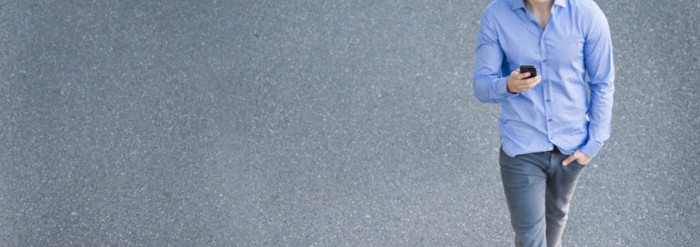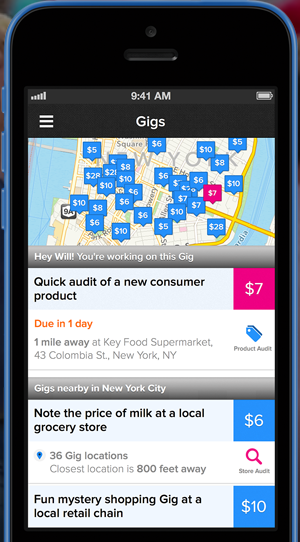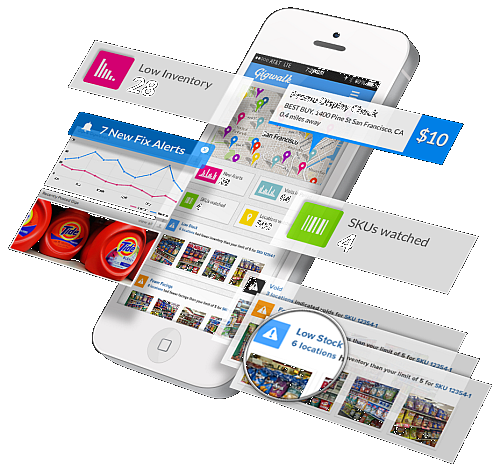Make money grocery shopping. CRM from People
A weekly, or monthly visit to grocery store is part of life’s routine.
It is also a routine to see how Coke, Lays, Colgate and other interesting stuff neatly arranged to catch your eye? You may even notice some of the bill boards, flyers, discounts and promotions that compete to catch your eye.
How do you like it if you can earn money to answer 5-6 questions, and take a photograph or two of the product and promotion placements in the store, and earn money doing that?
The smart shopper in you will certainly be interested.
But, before you learn how to earn money from this arrangement, you have to check out this entire thing works – this is a CRM blog after all.
Store placements cost companies money #
All these promotions within the store are paid for by the company that markets the products – the Consumer Packaged Goods (CPG) company as we know them on the inside.
Stores charge money for the right to the “right” shelf that is not too low, or too high, but conveniently catching the roving eye (yeah, that rhymes). Companies pay even more money to have all the product promotional materials displayed, or for that corner counter that highlights a premium brand.
The budget for all these promotions comes from what is called “Trade Promotion” from within the CPG company. These budgets run into billions, and the value should speak for itself.
CPG companies spend all the money, but with no guaranteed outcomes.
To check whether the stores stick to their word, companies get their sales reps to some leg work. Representatives note the inventory and whether a restock is required, take notes about the product placements vs. the negotiated arrangements, promotions, discuss future promotions, and take photographs.
While this is certainly effective, it is not as effective as you think. Apparently CPG companies worldwide are losing big money over ineffective/inefficient retail promotions –
$800B revenue lost globally due to out of stock. Source: Retail out-of-stocks: A Worldwide Examination of Extent, Causes, and Consumer Responses – Gruen & Corsten 2008
$20B due to planogram (product placements on the shelf) non-compliance. Source: NARMS – Retail Execution: New Century, New Solutions, Progressive Grocer
How can companies resolve this issue? How can they prevent the leakage in the revenue?
Putting more reps on the road?
Making more visits?
Punishing defaulter stores?
Well, we missed one of the most common entity that could easily resolve the problem – the customer like you and me.
What if someone got the customer who is roaming around the store anyway get to validate the product placements, and promotions?
A company had this brilliant idea, and they enabled a brilliant platform to make it all possible. Meet Gigwalk .

Founded in 2010, Gigwalk enables companies (owners of brands) to better connect with retailers to fix retail execution issues - via consumers.
So, now we come to the interesting part – the possibility of you earning money by walking for a gig.
How Gigwalk works? #
Anyone can accept to be a Gigwalker by installing the app on her phone. Gigwalk can match phone location near to a store, and based on the requirement from participating CPG companies, offer a gig to the user.

The gig is simple – walk to the store, walk towards a product or promotion placement, answer a few questions, and take photographs when needed.

The Gigwalk app collates all this information, and shares only the coordinates, stores and the collected information with the CPG companies.
Companies use this information to track stock in the store, and evaluate how product/promotions are being used in the store. This can be done anytime, for any retail store with adequate foot-falls.

Gigwalk offers complex analytics to the companies to track their retailer performance, and also possibly act in real-time. Gigwalk app/Analytics cover multiple parts of retail execution.
The $5-$20+ paid to the Gigwalker is only one part of the equation. I am not familiar with just how much Gigwalker charges the companies, but even a multiple of that amount is cheaper for the company as compared to the reps visiting the store and the potentially lost revenue.
Gigwalker publishes impressive numbers so far..

CPG companies profit, retailers sort out any discrepancies, the Gigwalkers make some small money on the side. Profit for everyone!
This is a brilliant idea for the most common problem – only made possible with the burgeoning smart phone market.
Try Gigwalk today [only in the US, unfortunately].